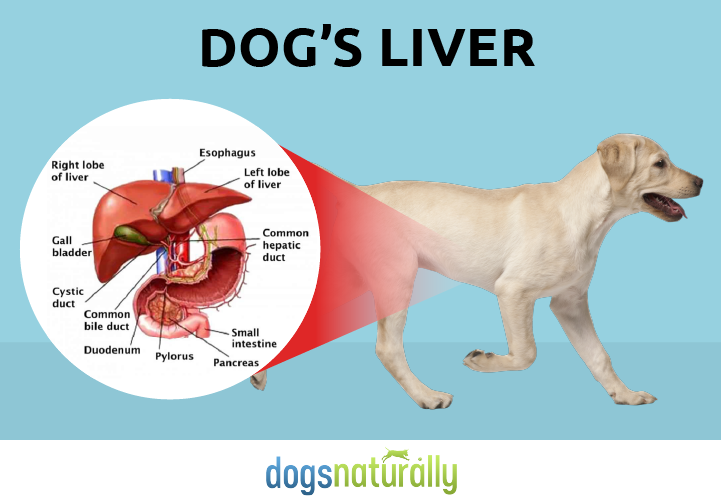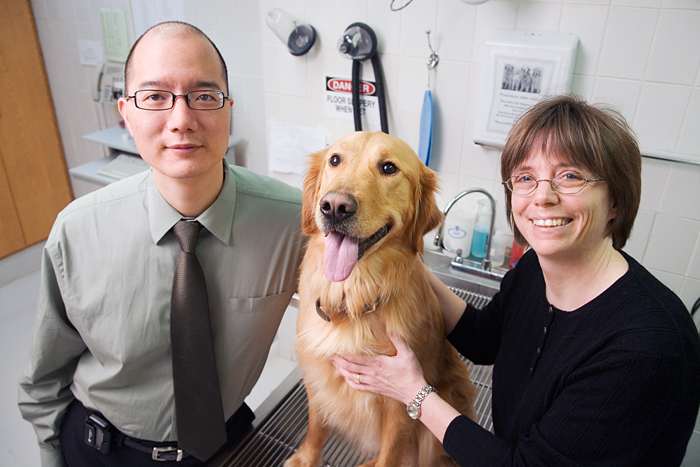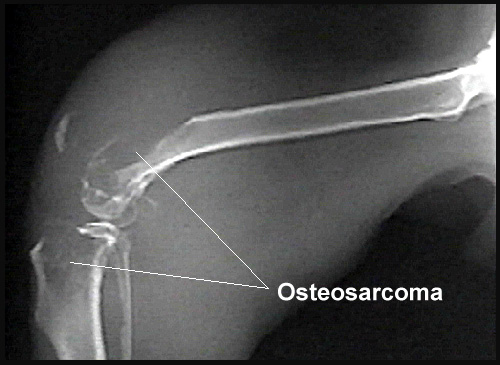Liver cancer in dogs is one of the most complex canine cancers. The older dogs (usually 10 years and over) are more prone to this kind of cancer. As such, there are two types of cancerous diagnosis that can be made by your vet. The first is the primary liver cancer and the second is the cancerous tumor that has spread to the dog’s liver after originating somewhere else. Most of the dogs that have been diagnosed with primary liver cancer do not show any symptoms of cancer. In fact, most of the times, the vets happen to find the disease while checking for other problems.
Symptoms– as we said above, most of the dogs do not show any symptoms of liver cancer. Instead, the symptoms will be of a liver disease including yellowing gums and skin, conjunctiva, increased thirst and vomiting. With the growth of the tumor in the liver, the abdomen of the dog stars to appear swollen.
Diagnosis– when you take the dog to the doctor, he would likely run some tests on your dog to check the level of liver enzymes in his body. Though he is not necessarily checking for liver cancer in dogs right away, he may do so, if he finds something abnormal.

For this, he will opt for an abdominal ultrasound of the dog. It can either indicate one large tumor in the liver or smaller cancerous nodes that are extended in the entire liver.
The doctor will then check for the kind of liver cancer in dogs. He will opt for a biopsy which can be done by guiding a needle by ultrasound. However, in the modern times, most of the vets are preferring the fine needle biopsy. In this procedure, the risk of hemorrhage is reduced. This procedure is mostly done in order to make sure that no blood clots are found in the liver of the dog after the biopsy is complete.
Prognosis– after the vet find out where the cancer has spread in the dog and what kind of cancer he is suffering from, he may devise a treatment plan. If the cancer is confined to just one part of the liver, the vet can perform a surgery on your dog and remove the mass completely. With proper care, your dog will likely survive for 3 more years. However, if the cancer is in the form of small nodules, then the chances of survival are very slim.







